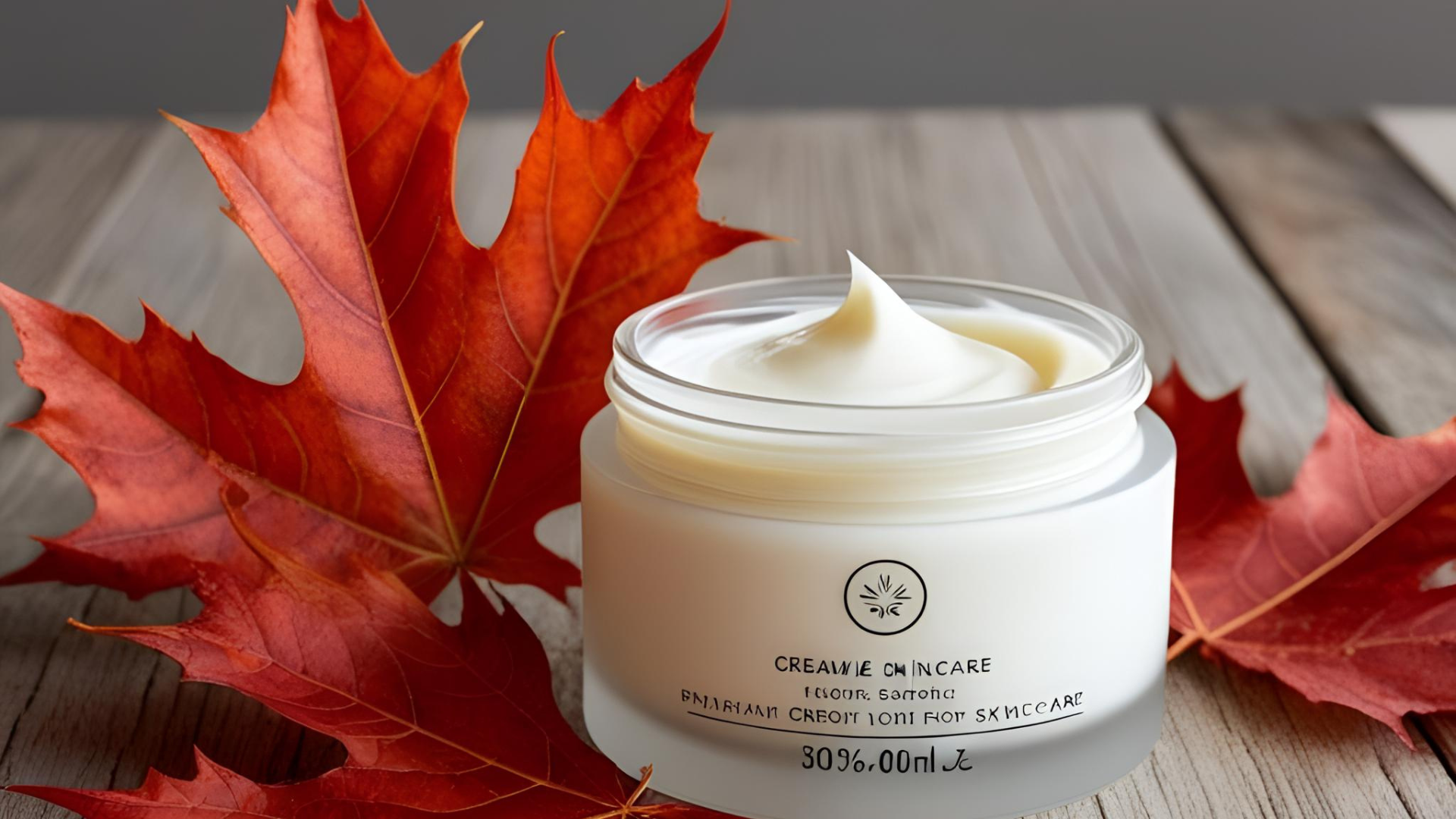Maple leaf extract is emerging as a promising botanical ingredient in the world of cosmetic formulation. Its unique combination of elastase inhibition and antioxidant activity offers a natural, well-rounded approach to addressing visible signs of aging. For formulators seeking to innovate with plant-based actives, maple leaf extract delivers both compelling efficacy and a strong sustainability story. As research evolves and consumer interest in natural ingredients continues to climb, this extract may find a permanent place in anti-aging skincare formulas.
What sets maple leaf extract apart is its alternative mode of action—one that doesn’t rely on stimulating cell turnover or inhibiting neuromuscular signaling. Instead, it works in the extracellular matrix, directly addressing protein degradation. This sets it apart from most topicals, which tend to focus on ramping up skin metabolism or freezing muscle contractions. Maple leaf extract targets the preservation of the elastin scaffold itself. It’s a quieter, more preventive strategy—especially attractive for younger consumers, those with sensitive skin, or those already using other actives and looking for supportive agents that don’t overload the skin barrier.
Still, topical delivery is always a factor. GCGs (glucitol-core containing gallotannins) are relatively large molecules, and it remains uncertain how deeply they penetrate the skin in finished formulations. However, since elastase is active both in the dermis and upper dermis—and since inflammation and oxidative stress can trigger elastase activity near the skin’s surface—even partial bioavailability may be sufficient to offer meaningful protection. Incorporating humectants or using penetration enhancers such as glycols or polysaccharides could further optimize delivery.
This opens up creative possibilities for formulators. Should maple leaf extract take center stage in a minimalist serum designed to spotlight its elastase-inhibiting power? Or does it work best as a quiet support player in peptide blends or barrier creams, helping extend the longevity of structural proteins while other ingredients handle regeneration? Both strategies are valid. The most elegant formulations often balance protection and stimulation—antioxidants paired with retinoids, hydration layered with exfoliation—and maple leaf extract fits squarely into the protective side of that equation.
From a formulation chemistry perspective, its water solubility makes it easy to use. It incorporates seamlessly into the aqueous phase of emulsions, toners, or gel-based serums. There’s no need for complex emulsifier systems, encapsulation techniques, or solubilizers. The main considerations are pH control—most tannin-rich extracts remain stable between pH 4.5 and 6.5—and sourcing. Consistency in gallotannin concentration and clarity around batch variability are essential, so working with a reputable supplier is critical. Also worth noting: tannins can occasionally interact with metal ions or destabilize emulsions depending on the preservative system and thickeners used. Pilot testing is advised.
The key active compounds in maple leaf extract—GCGs—belong to a distinctive class of polyphenols. These are hydrolyzable tannins structured around a glucitol (a sugar alcohol, often sorbitol) core, with multiple galloyl (gallate) groups esterified to it. These galloyl groups are the source of the molecule’s antioxidant prowess. Like other polyphenols, GCGs act as hydrogen donors, neutralizing free radicals and halting damaging chain reactions that would otherwise harm cellular proteins and membranes.
Importantly, the number and positioning of these galloyl groups influence biological activity. Multiple in vitro studies, especially those using red maple species, show that GCGs can inhibit enzymes such as elastase and collagenase. These enzymes are part of a broader class—matrix metalloproteinases (MMPs) and serine proteases—depending on their structure and metal dependencies. Elastase is a serine protease that degrades elastin fibers in the skin’s extracellular matrix. It’s an important part of immune response and wound healing—but chronically elevated elastase activity is strongly tied to skin thinning, sagging, and wrinkle formation.
Unlike collagen, elastin is not easily regenerated by the body once lost. That’s what makes elastase inhibition such a valuable target in anti-aging skincare. You may not be building new elastin, but you can potentially slow the irreversible breakdown of what remains. In this context, maple leaf extract’s demonstrated ability to inhibit elastase is particularly significant.
This mechanism makes maple leaf extract functionally distinct from many well-known anti-aging agents. Retinoids, for example, primarily stimulate epidermal turnover and increase collagen production via retinoic acid receptor activation. They’re proven actives, but their use often comes with side effects—redness, peeling, sensitivity—especially during the skin’s adjustment phase. They don’t directly inhibit elastase, and their effects on elastin are mostly indirect, tied to improvements in skin density and structure.
Peptides offer a more mixed profile. Signal peptides like Matrixyl (palmitoyl pentapeptide) help stimulate collagen production and reduce inflammatory markers, while others like Argireline (acetyl hexapeptide) try to mimic botulinum toxin’s effect by reducing muscle contraction—though results vary widely. Peptides are typically gentle on the skin, but their efficacy depends on molecular weight, formulation, and delivery systems.
Maple leaf extract, in contrast, occupies a unique position: it’s plant-based, non-sensitizing, and mechanistically distinct. It doesn’t attempt to stimulate or paralyze—it protects. That simplicity is part of its appeal. Maple trees, long admired for their fall color and, of course, maple syrup, are now being appreciated in a new light—as a source of cutting-edge cosmetic actives. I encourage you to give it a try!
Maple Leaf Extract in Cosmetics

07
Apr
